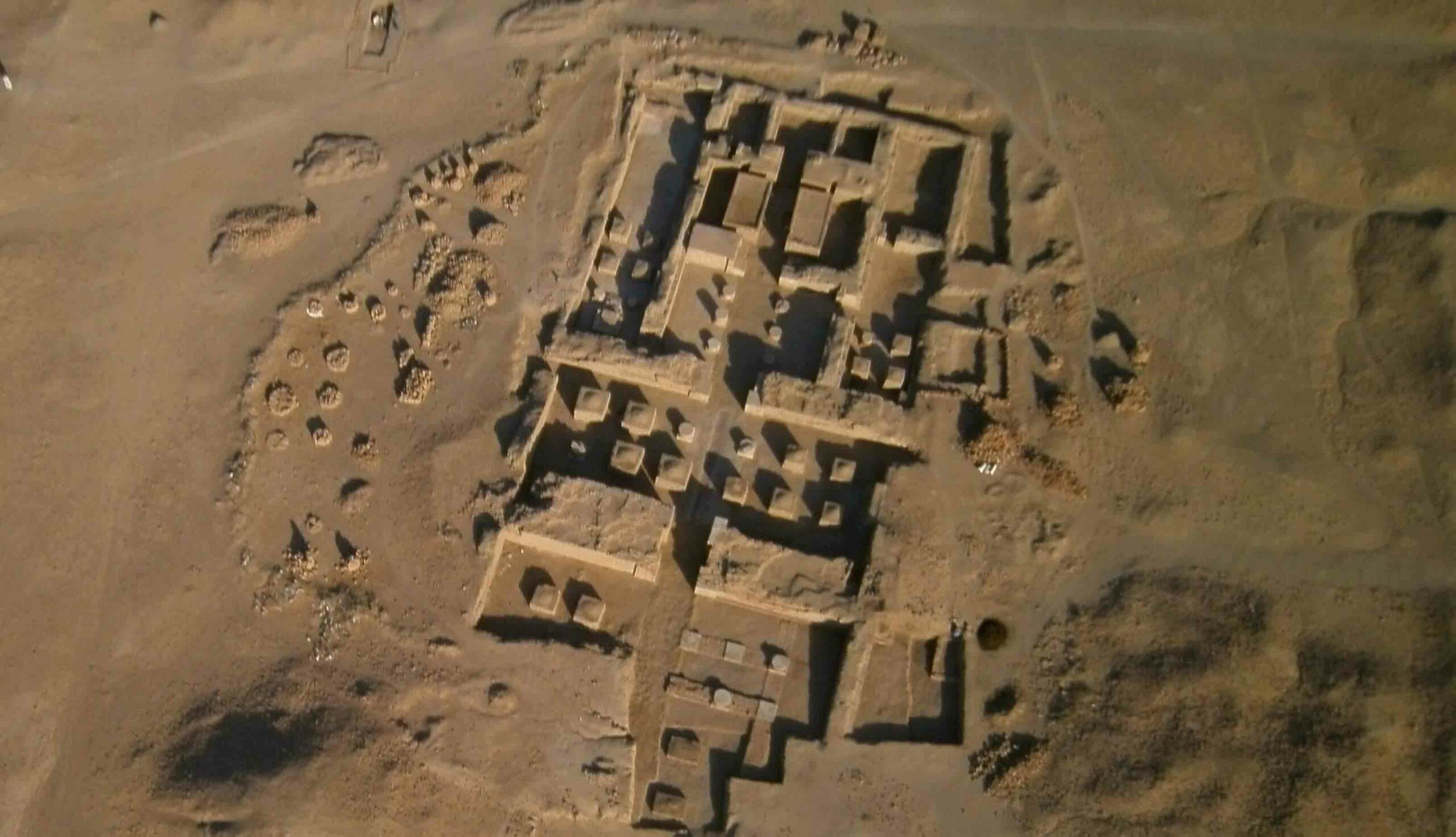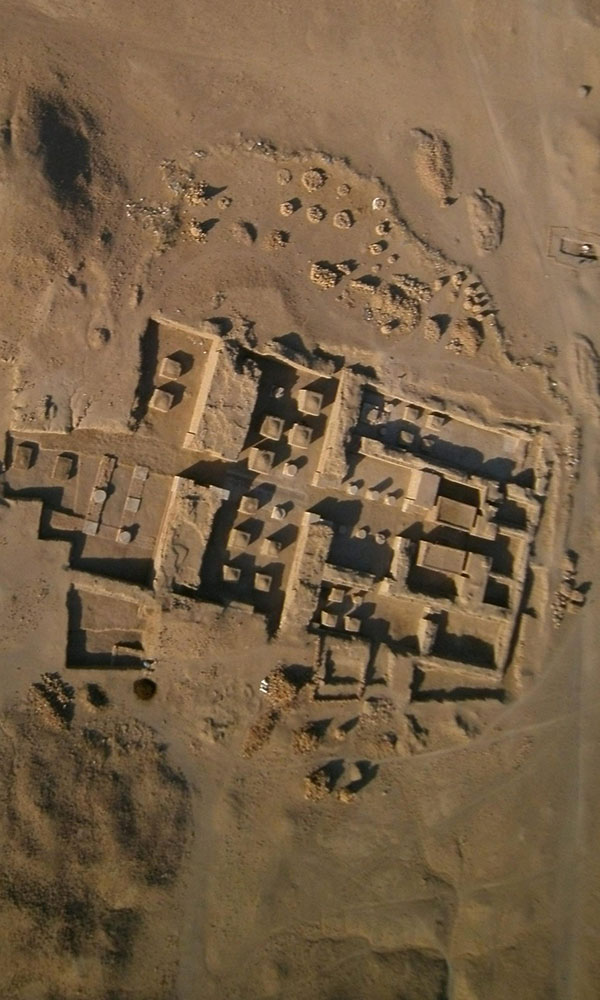ADDIS ABABA, ETHIOPIA—Eleven graves in the ancient city of Aksum have yielded what British archaeologist Louise Schofield called “extraordinary” 2,000-year-old artifacts in The Ethiopia Observer and The Guardian. Some of the graves contained the remains of male warriors who had been buried wearing large iron bangles, and one of them contained the remains of a woman Schofield dubbed “Sleeping Beauty.” The high-status woman had been wearing a necklace of thousands of beads and a beaded belt, and had been buried with two Roman glass drinking beakers and a glass flask for catching tears. “She was curled up on her side, with her chin resting on her hand, wearing a beautiful bronze ring. She was buried gazing into an extraordinary Roman bronze mirror. She had next to her a beautiful and incredibly ornate bronze cosmetics spoon with a lump of kohl eyeliner,” Schofield said. Analysis of pottery from the grave could reveal what food and drink had been provided for the woman in the afterlife. The Roman artifacts in the graves indicate that the Aksumite kingdom had been trading with Rome hundreds of years earlier than had previously been thought. In return, the Romans obtained ivory tusks, frankincense, and metals from Ethiopia. To read about the extraordinary monuments left behind in Ehtiopia by one of the ancient world's great empires, go to "Of Obelisks and Empire."
2,000-Year-Old Roman Artifacts Unearthed in Ethiopia
News June 8, 2015
Recommended Articles
Letter from the Levant March/April 2025
On the Origin of the Pork Taboo
Exploring ancient people’s shifting beliefs about rearing and eating pigs

Digs & Discoveries November/December 2024
Imperial Garden Showdown


Digs & Discoveries July/August 2024
Black Magic Seeds
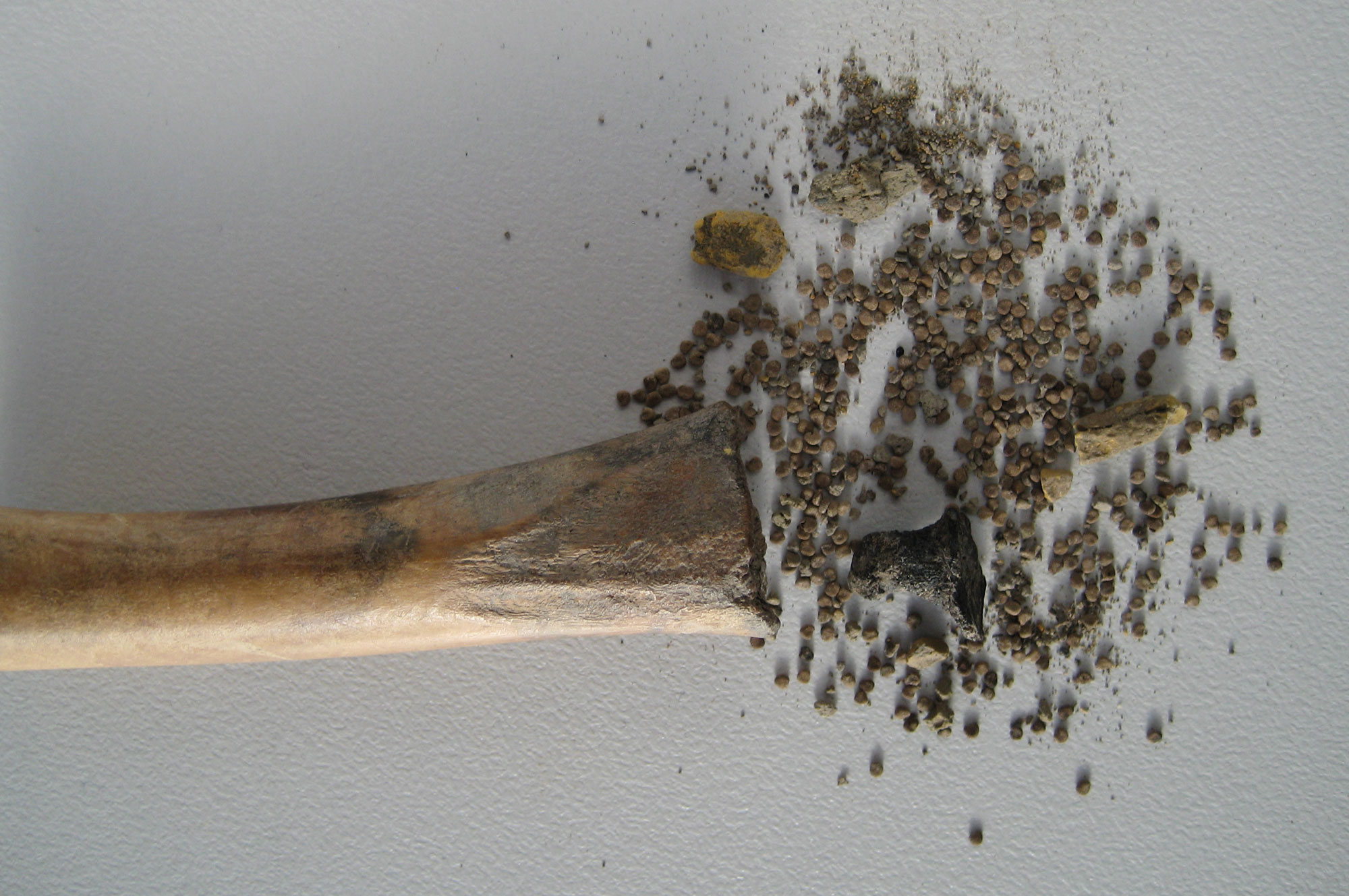
-
Features May/June 2015
The Minoans of Crete
More than 100 years after it was first discovered, the town of Gournia is once again redefining the island's past
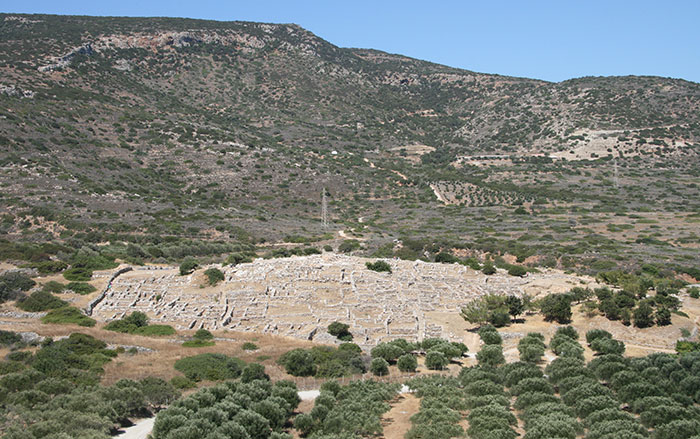 (Jarrett A. Lobell)
(Jarrett A. Lobell) -
Letter from Hawaii May/June 2015
Inside Kauai's Past
Ideal conditions within an ancient cave system are revealing a rich history that reaches back to a time before humans settled the island and extends to the present day
 Courtesy Lida Piggott Burney
Courtesy Lida Piggott Burney -
Artifacts May/June 2015
Late Roman Amulet
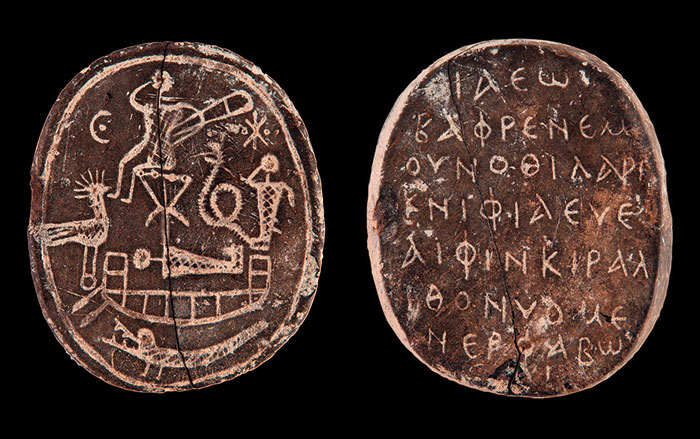 (Courtesy Joachim Śliwa)
(Courtesy Joachim Śliwa) -
Digs & Discoveries May/June 2015
The Charred Scrolls of Herculaneum
 (Fotonews/Splash News/Corbis)
(Fotonews/Splash News/Corbis)


